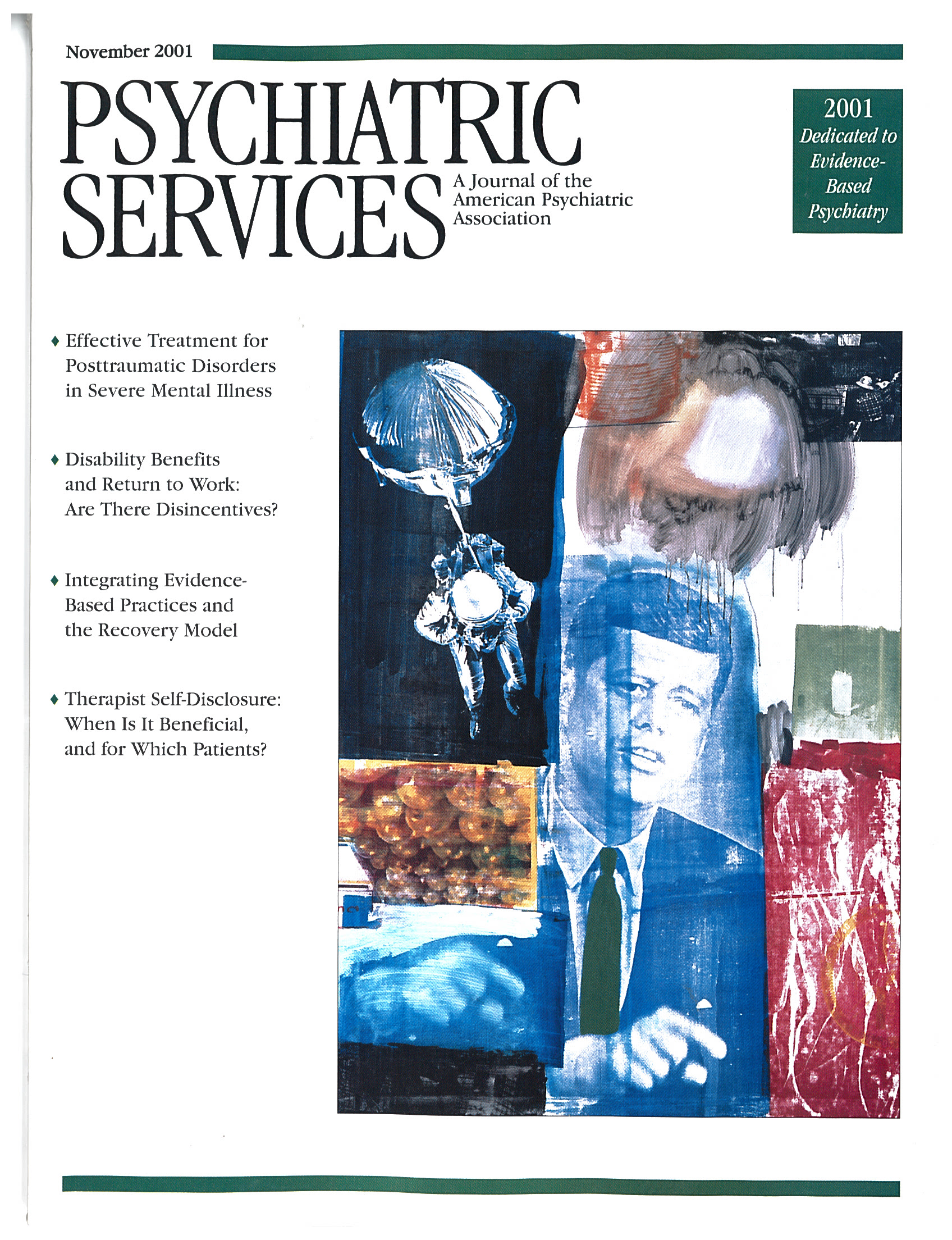Sanity and Sanctity: Mental Health Work Among the Ultra-Orthodox in Jerusalem
In "The Outsider," H. P. Lovecraft's masterpiece short story, shock overcomes the protagonist when he recognizes himself, as now reflected in a mirror, to be the very source of his own horror. Citing a latter-day Edgar Allan Poe in the opening line of a review of a text on the interface of spirituality and mental health is neither irrelevant nor irreverent, nor intended as a tangential provocation. The counterpoint comes naturally to mind given that similar forces are actively at play: what leads to terror in the fictional encounter is not fundamentally different from what endows therapists everywhere with much of their ability, or what confers poignancy and power to many a clinical encounter, namely, the recognition of one's self in "the other." A second reason to cite polar opposites at the outset is to highlight one of the clearest achievements in Greenberg and Witzum's work—that of bringing seemingly incompatible, even antithetical worldviews into meaningful dialogue.
The accrual of the authors' three decades of clinical work forms the basis for Sanity and Sanctity, a book that can be described in its own words as an unusual shiduch—a most peculiar match. In this instance, the marriage of convenience is one between contemporary psychiatry and the traditional and insular world of the ultra-orthodox community in Jerusalem. Thus are cast together two very different and not readily compatible disciplines that ultimately do share in their concern for inner healing, whether of the psyche in the Western naturalist tradition, or of the nefesh, the soul, in the Jewish one. Both authors are Jewish—one in the secular, the other in the Modern Orthodox tradition—and as such are granted access and, perhaps more important, rendered useful through their capacity to see themselves reflected in those "others" they strive to heal and understand. Observant enough, but not too much so—a critical distinction in a community that views mental health professionals as suspect and where "native" practitioners are nonexistent.
At one level, the book serves as a guide to providing mental health services for a culturally isolated minority group—a very specific group at that, and one with very real and universal psychiatric needs. Those needs at times take on the highly selective and autochthonous form of the "culture-bound syndrome" that makes for classic boards questions: amok, latah, nervios, and the like. In the ultra-orthodox community, boys leading the cloistered existence of study and worship of the all-male yeshiva can fall prey to nightly visitations by dark spirits and overt hallucinations, and their nocturnal emissions become unwelcome and frightening impositions that are difficult to do away with through ritual washing.
Baalei teshuvah, the new converts to the ultra-orthodox lifestyle, have specific psychiatric issues of their own, perhaps because troubled "seekers" living on the fringe may gravitate in their wanderings to the highly organized, family-oriented, and caring environment of the religious world. They may suffer under the added perception of lacking "generations of practice but [feel] burdened by the weight of sins committed before [becoming] religious."
As clinicians on call for the emergency mental health needs of their busy catchment area, the authors also have experience in treating "imported" psychopathology—tourists who, as an aptly entitled chapter indicates, "Freak Out and Break Down in the Holy City," victims of the "Jerusalem syndrome." The interface between religious zealotry and overt psychopathology has taken an ominous clinical immediacy in the context of recent tragedies on American soil. Cases of Jerusalem syndrome have previously exemplified how the attraction of the holy sites can provide the added stimulus to subvert long-established religious traditions and their core values in the service of psychopathology. The clinical expertise of Drs. Greenberg and Witzum in dealing with this relevant boundary should not be wasted on us.
Given that it does not stop at being a study of a sociological and cultural frontier, the book is also effective and useful at a very different level. Although it falls under the general category of "culturally sensitive" psychiatry, it is a work of ample generalizability, applicable far from the Mea Shearim quarter it so well describes. The authors remind us of the relativity of our own position when dealing with others, and in fact encourage us to examine our own identity and its blind spots when looking at the unfolding of a life we hope to understand.
The pitfalls they point to in their dealings with the haredi of Jerusalem have a sense of immediacy for our own work with any minority, including that larger one of the mentally ill we all serve. The countertransferential stumbling blocks they describe include an exaggerated and unnatural interest in the exotic other, permitting a sightseeing and even voyeuristic stance from which to observe the difficulties that bring patients our way. Alternatively, we can distance ourselves prematurely, view the other as inferior, or, in a deft attempt at undoing, fool ourselves into behaving "as if therapy [were] a haven from prejudice from which [we are] free."
In one of several cases detailed in the book, the authors describe their stance vis-à-vis a disorganized patient they follow throughout years of intense emotional volatility and upheaval, a sense that applies equally well to their perception of his mental illness and of the depth of his faith. Their contact with the young man had "always been both exciting, a reflection of his inner fire, and bewildering, reflecting his insatiable search for meaning." They had followed him along on his life ride as "uneasy armchair observers of the strength of [his] belief."
We owe gratitude to Drs. Greenberg and Witzum for reminding us through their beautifully crafted book about the fire, bewilderment, and search for meaning that, combined, became the calling beacon for many of us on first entering the field of psychiatry.
Dr. Martin is assistant professor of child psychiatry and psychiatry at the Yale Child Study Center in New Haven, Connecticut.



